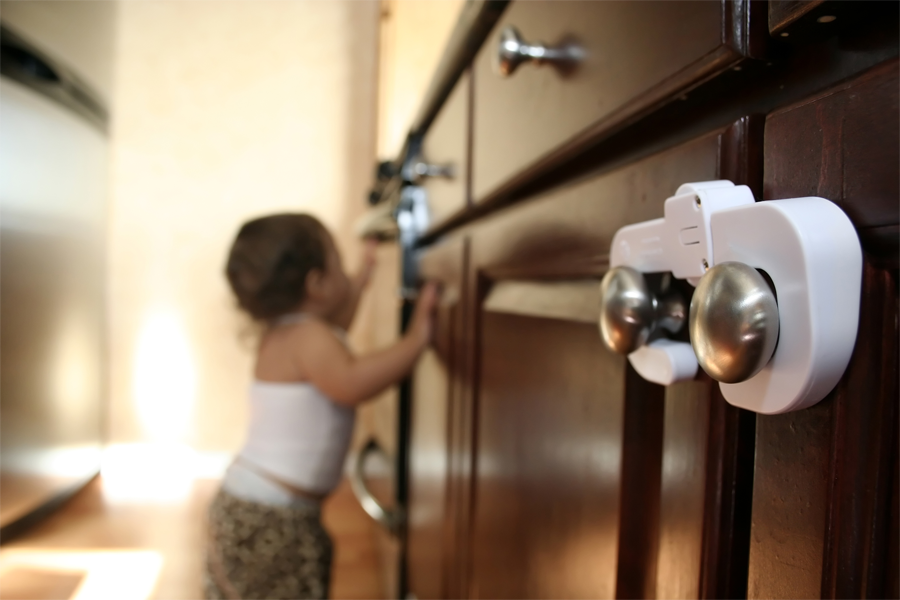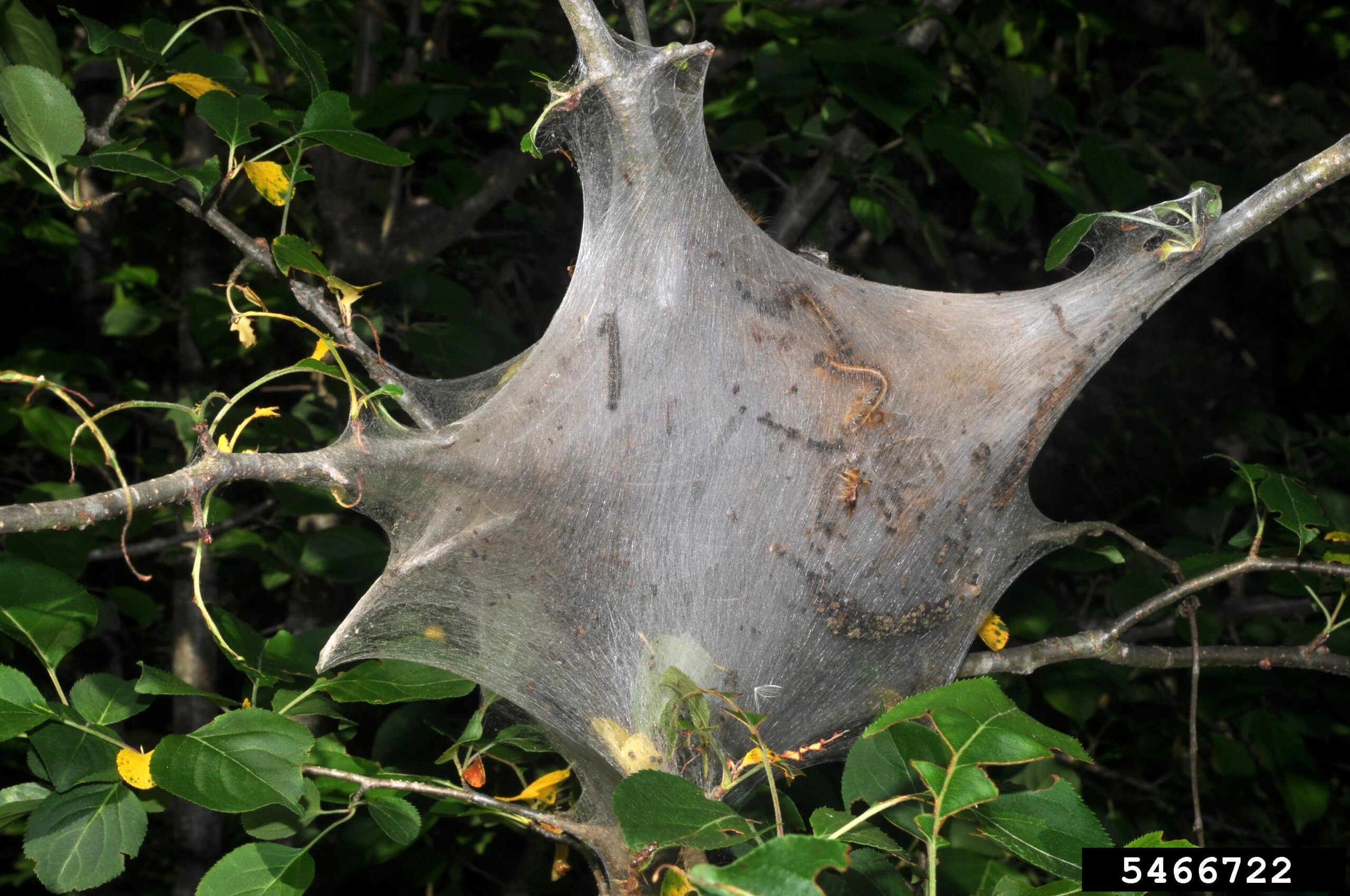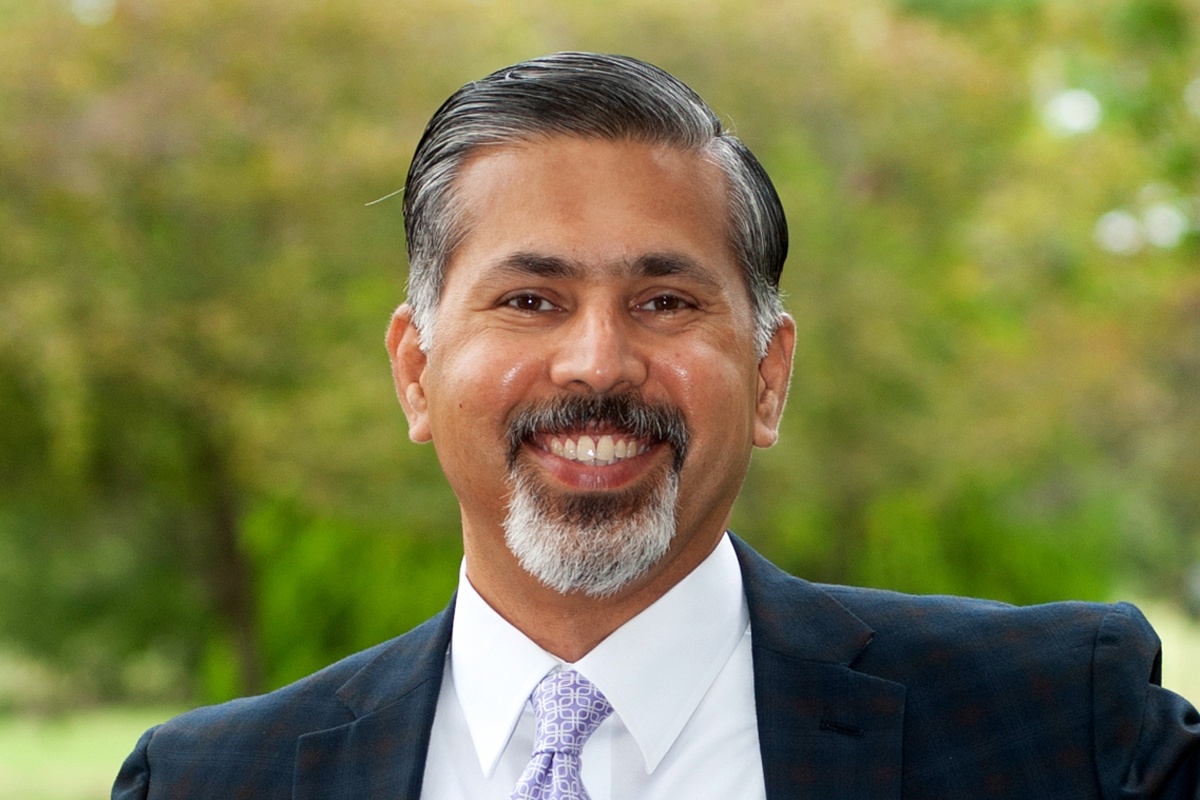
|
By James T. Midcap
and Gary L.
Wade
University of Georgia
Most people think of bald cypress only in a swamp, growing in
groves with roots submerged in water and branches draped in
Spanish moss. But you don’t have to live in a swamp to grow bald
cypress.
The swamp is its natural habitat. But the tree is surprisingly
adaptable to dry sites. Bald cypress is a native American tree
with a wide growing range.
It’s a common wetland plant from Delaware to Florida and from
Indiana to Texas. It has prehistoric roots in the evolution of
our planet and was likely a common species when dinosaurs roamed
the earth.
Think big
Bald cypress is a deciduous conifer. It grows to a large, stately
tree, reaching 50 to 80 feet tall and 20 to 30 feet wide at
maturity. It’s best used in large, open spaces such as parks or
large home landscapes.
It’s often overlooked as a street tree, but it’s spectacular in
clusters of three or more along a pond or lake. However, its
large size may limit its use in small home landscapes.
Bald cypress was one of the most highly rated trees among the
more than 200 species in an Auburn University evaluation program.
It’s a tough, widely adaptable tree. It naturally grows into an
attractive, pyramidal form, too, that requires little pruning.
The tree prefers sites in full sun. It adapts to both wet and dry
soils but prefers soils that are acidic. Its soft-textured, flat
needles are 1/2 to 3/4 of an inch long, spiraling around the
twigs.
The needles emerge yellow-green in spring and turn bright green
by summer. They turn bronze-orange in fall before they drop for
the winter.
Always impressive
It’s not ugly in the winter landscape, though. As the tree ages,
the bark becomes fibrous and turns reddish-brown, making a
dramatic statement in the landscape.
Male and female flowers form separately on the tree. The male
flowers are drooping panicles 4 to 5 inches long. Female flowers
are more compressed along the stems and develop into round,
1-inch cones that turn brown in fall.
Cypress knees are vertical root extensions commonly seen on trees
submerged in water. They help the tree absorb oxygen. Knees don’t
form on plants growing on upland sites.
Bald cypress has a strong taproot system and is hard to
transplant from the wild. It’s best planted from a container.
Fertilize established trees on upland sites once in spring with a
complete fertilizer like 16-4-8 or 12-4-8. Don’t fertilize trees
growing in standing water. The fertilizer may hurt the biology of
the pond or lake.
(Jim Midcap and Gary Wade are Extension Service
horticulturists with the University of Georgia College of
Agricultural and Environmental Sciences.)




